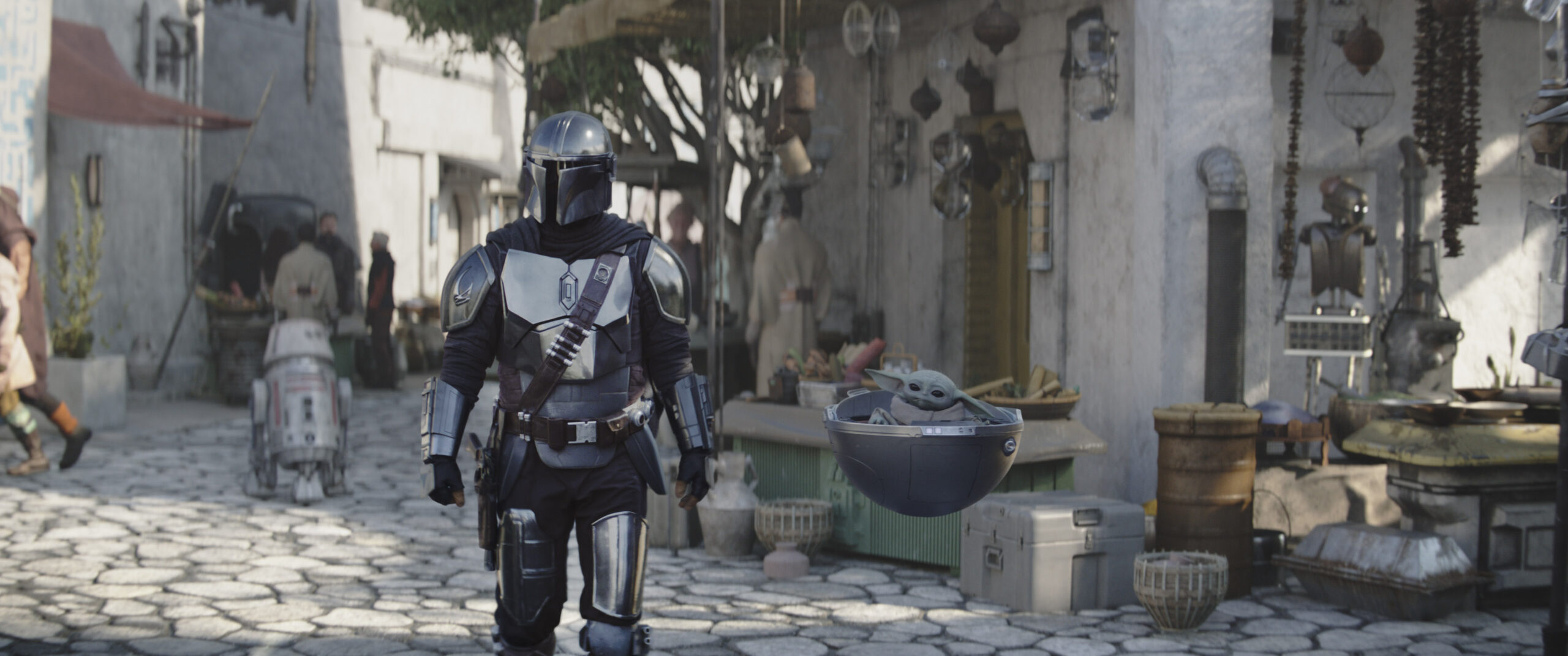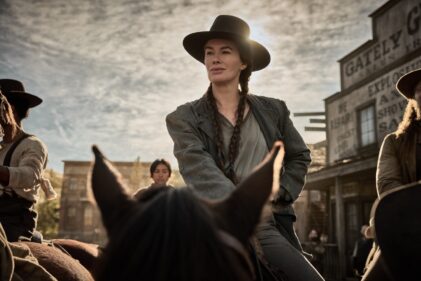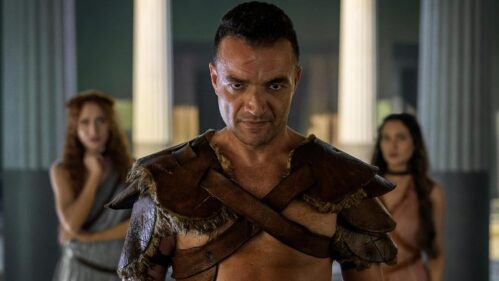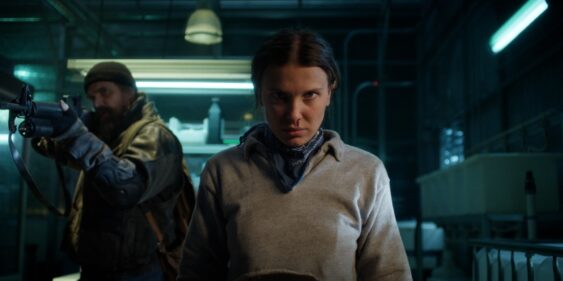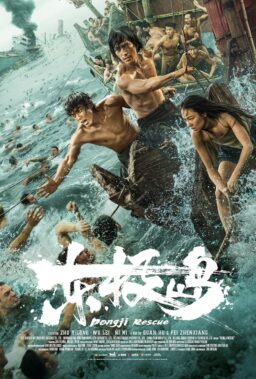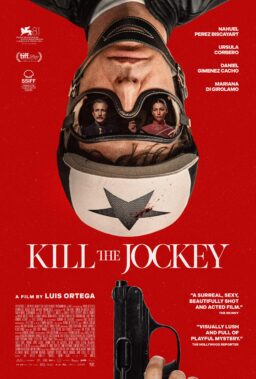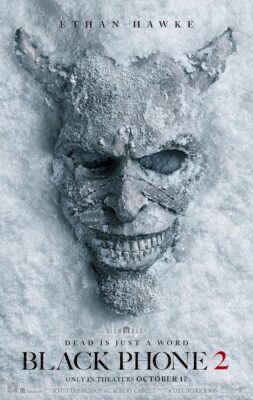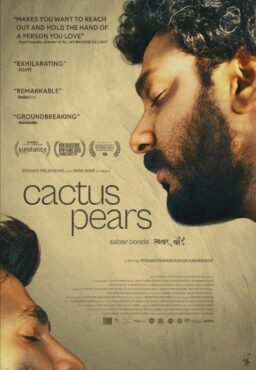“You ready for an adventure?” This line from the second episode of the third season of Disney+’s massive hit “The Mandalorian” sums up the current purpose of this landmark show. You’ve had your time with the legacy characters like Obi-Wan and Boba Fett, and you’ve even had a critical darling in “Andor,” but “The Mandalorian” is about adventure. It leans into its old-fashioned genre aesthetics; there’s typically a creature every episode, and maybe a chase scene to escape it; the plot moves at the smooth pace of its protagonist, and you don’t have to have a deep knowledge base of Star Wars history to enjoy it. “The Mandalorian” is designed to appeal to a massive fan base of newbies and veterans alike, selling Grogu toys to the former and rekindling Lucasfilm magic for the latter.
And yet it has seemed like the lead-up to the third season of “The Mandalorian” has been muted for such a major show. People have even claimed it “snuck up on them,” implying that the season isn’t an event as much as an eventuality. Do fans still care? Has it fulfilled its initial mission and run out of stories to tell? It’s too soon to say for sure, but the show seems about as stranded as Din Djarin himself, looking at the changed, updated landscape around him on Nevarro and wondering where he fits in.

Technically, Din Djarin is no longer a Mandalorian at the start of season three, stripped of his duties after removing his helmet. There’s a reason the premiere is called “The Apostate,” a word that refers to Din Djarin having been basically exiled from his faith. How deeply the writers want to dig into this idea could be the deciding factor in the quality of season three. Will it just be a quest? Something for Din Djarin to reobtain? Or will they go deeper and question the dangers of faith and believing in a mythology that hides reality? Without spoiling, the second episode hints that they may do so, but “Star Wars” shows often raise ideas only to glide over them superficially with an action-driven resolution.

Of course, the initial set-up of “The Apostate” is a classic Western arc, too: The exiled hero forced into a series of trials to receive redemption and come home again. And writer Jon Favreau and director Rick Famuyiwa dig into that template by bringing their hero literally home, back to the place it all began in the premiere on the planet of Nevarro, which doesn’t even look like the same place (although it looks a lot like Galaxy’s Edge in Disney’s Hollywood Studios, which is perhaps intentional). That’s where Din runs into Greef Karga (Carl Weathers), who seems happy with the improvements around town, even if they disguise an unsavory element beneath the surface. There are still pirates in Nevarro, even if it’s “no longer friendly” to them.
A throwaway line discards Gina Carano forever in a funny way (her character was “recruited by special forces”), and Karga informs Din that they need some law around this two-horse town, hoping he could become the Marshal. He has other plans, revealing that he will travel to the Mines of Mandalore to find the waters that will allow his redemption. He needs the IG-11 that sacrificed itself to save his friends, but that’s not easy. It leads to a scene with an Anzellan, the same species as Babu Frik from “Star Wars, Episode IX: The Rise of Skywalker,” meaning these little guys aren’t going anywhere. Expect a Funko Pop any day now.

Without spoiling, the rest of the premiere and much of the second episode reveals that Katee Sackhoff’s Bo-Katan Kryze will be a major part of the season, which is a good thing. Sackhoff can sell the character’s back story with limited screen time, including her moment in the premiere when she’s sitting in a massive throne room alone, a queen with no kingdom. Peli Motto (Amy Sedaris) also returns in episode two, a chapter that follows the standard “Mandalorian” structure of problem-action-resolution cliffhanger in a way that’s satisfying enough without being groundbreaking.
And that’s kind of where both of the season three episodes sent to the press landed for me: satisfying enough. Neither has an action scene to rival the season two premiere. Neither has major plot developments to rock the Star Wars landscape. And yet there’s something to be said for a show that’s consistently satisfying. It’s an escape. It’s a way to enjoy a well-crafted world. Its familiarity could be read as repetitious or unambitious, but there’s also something to a show that knows what it does well and does it. After all, sometimes all you want is an adventure.
Two episodes screened for review.

